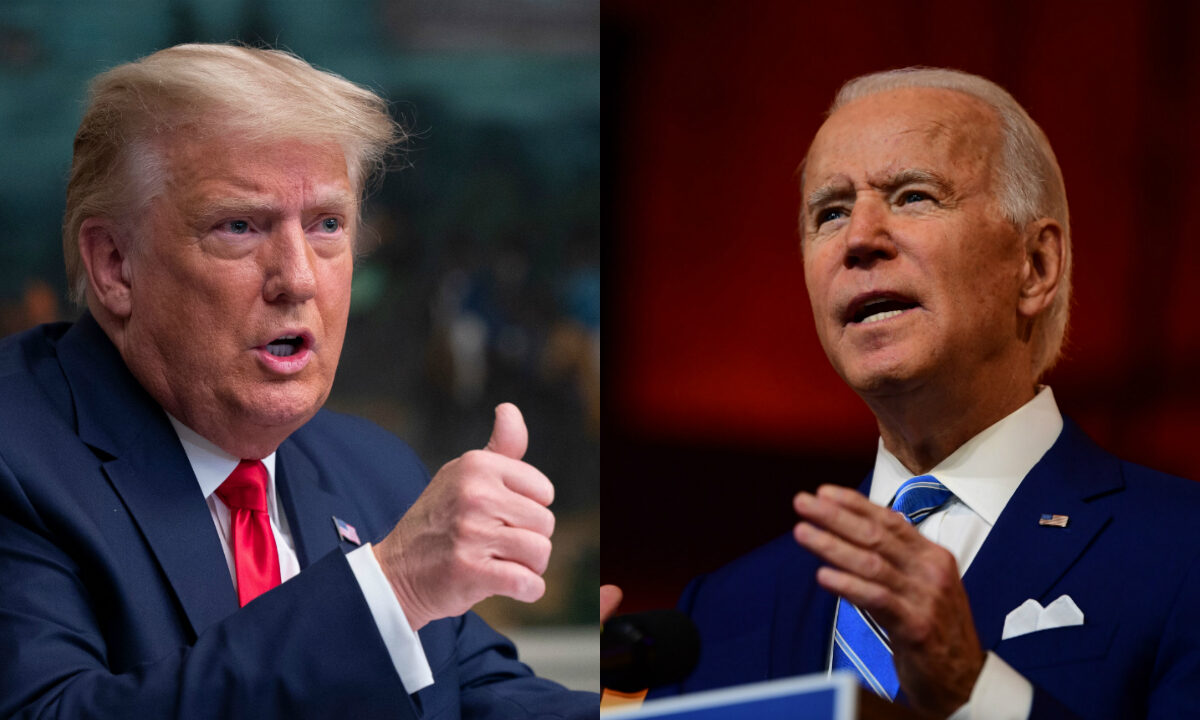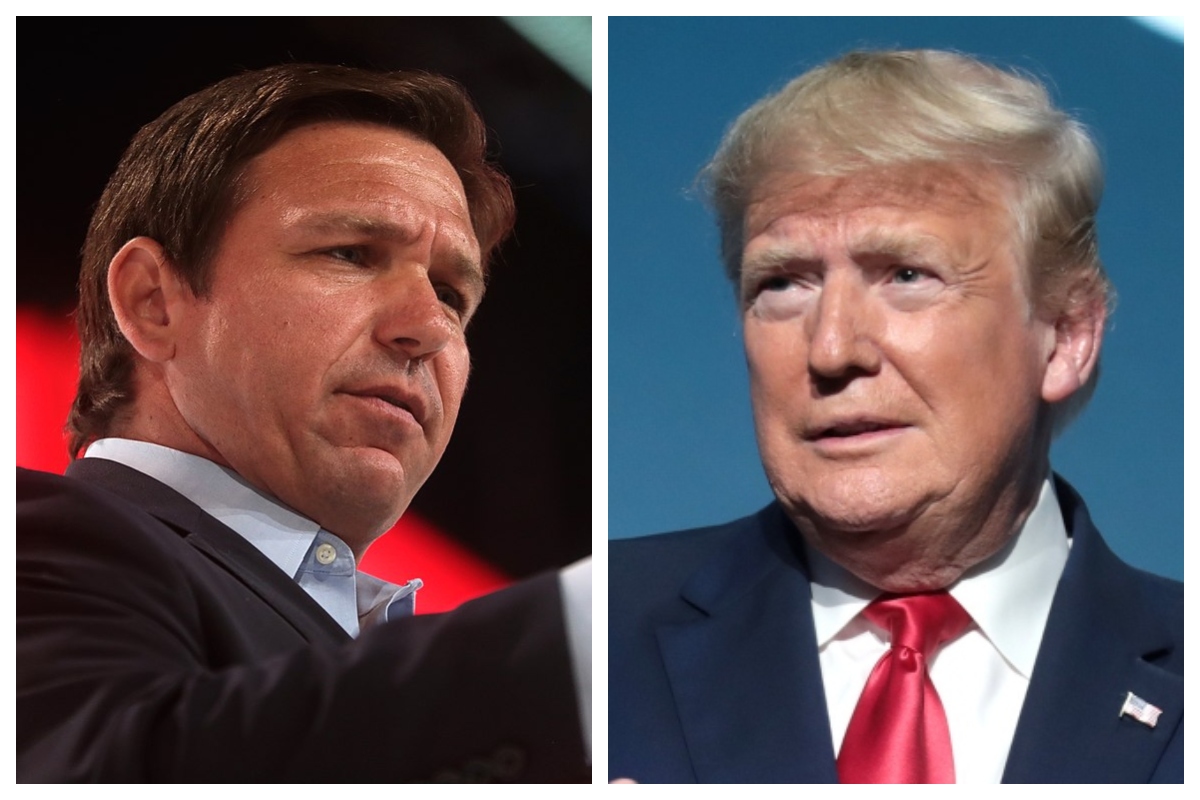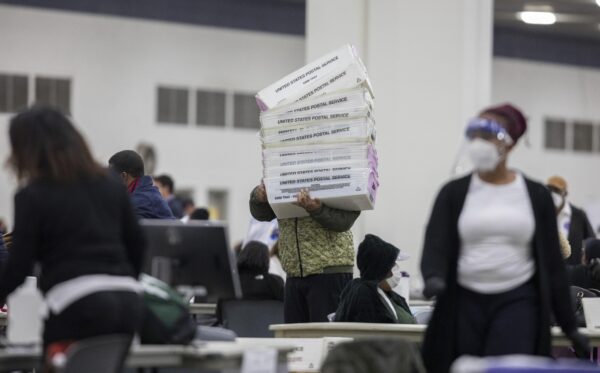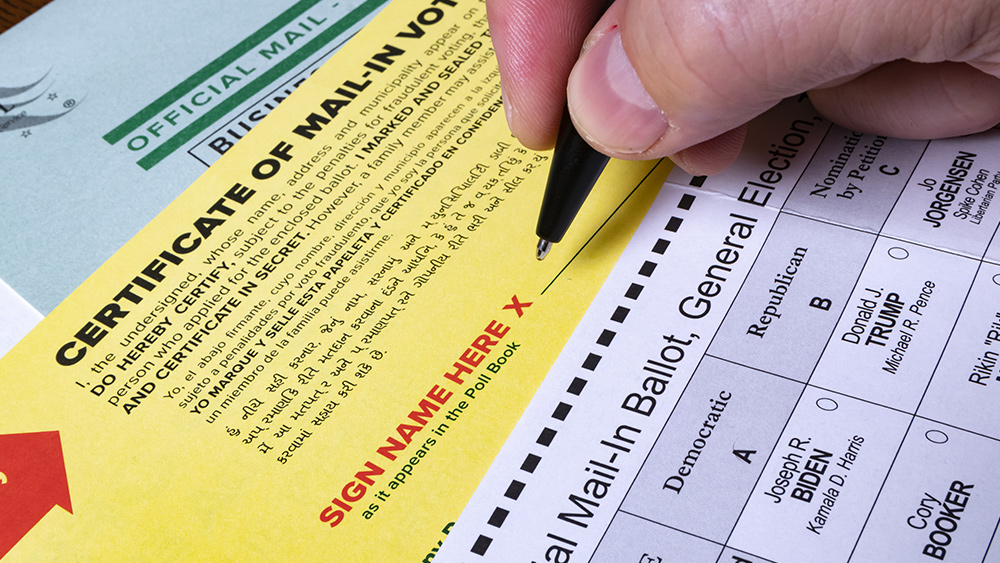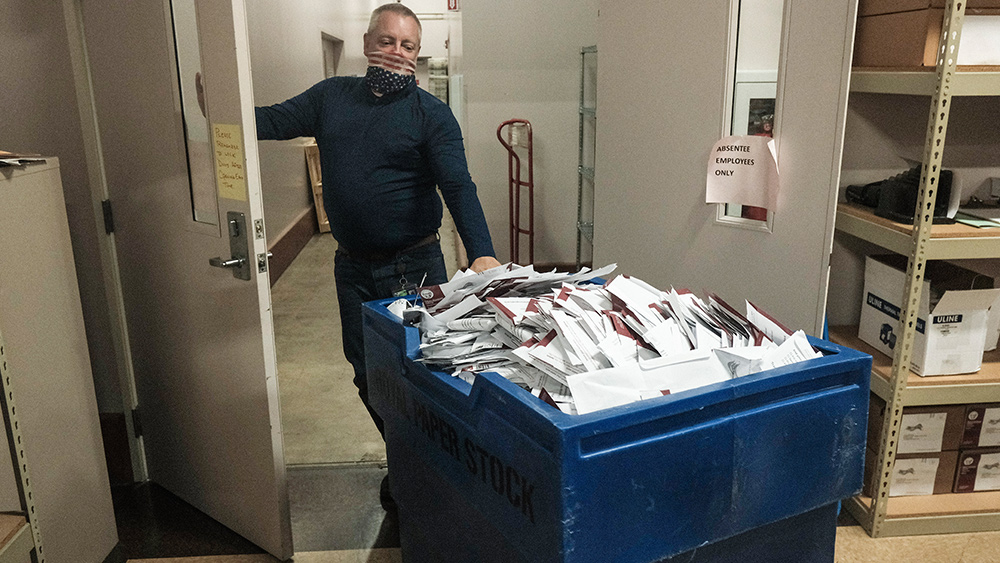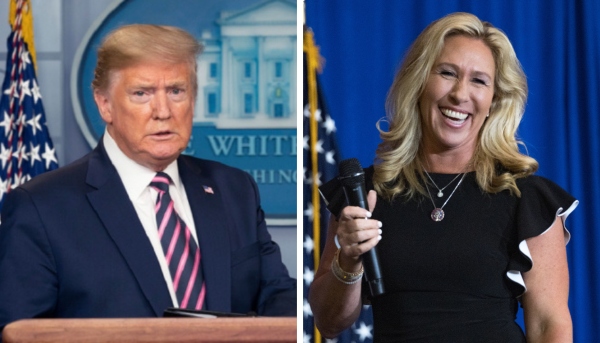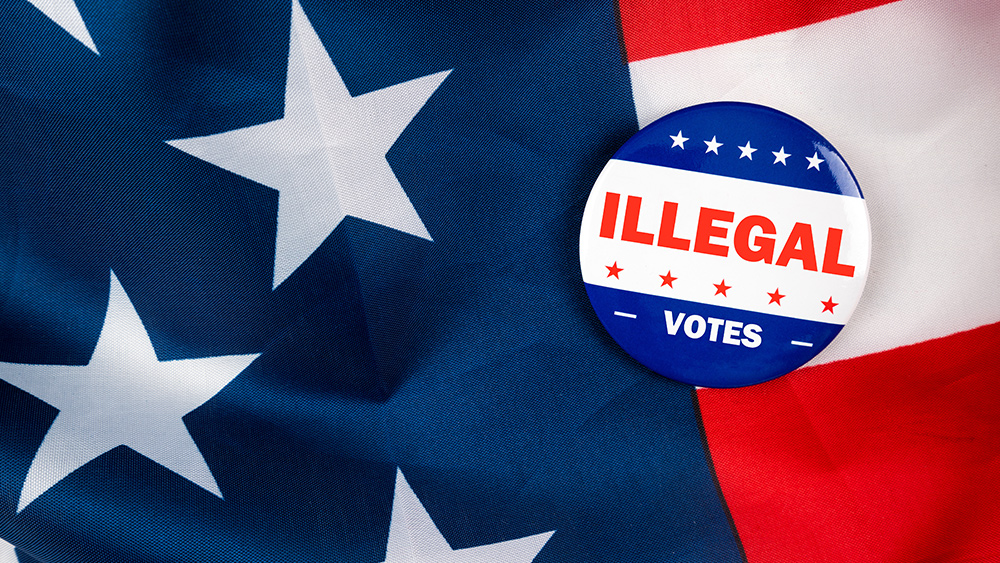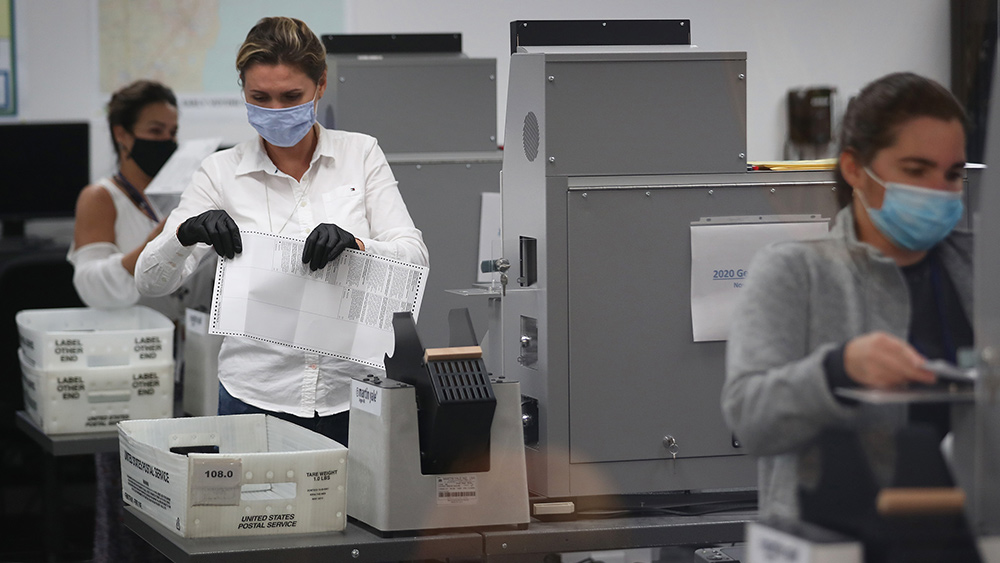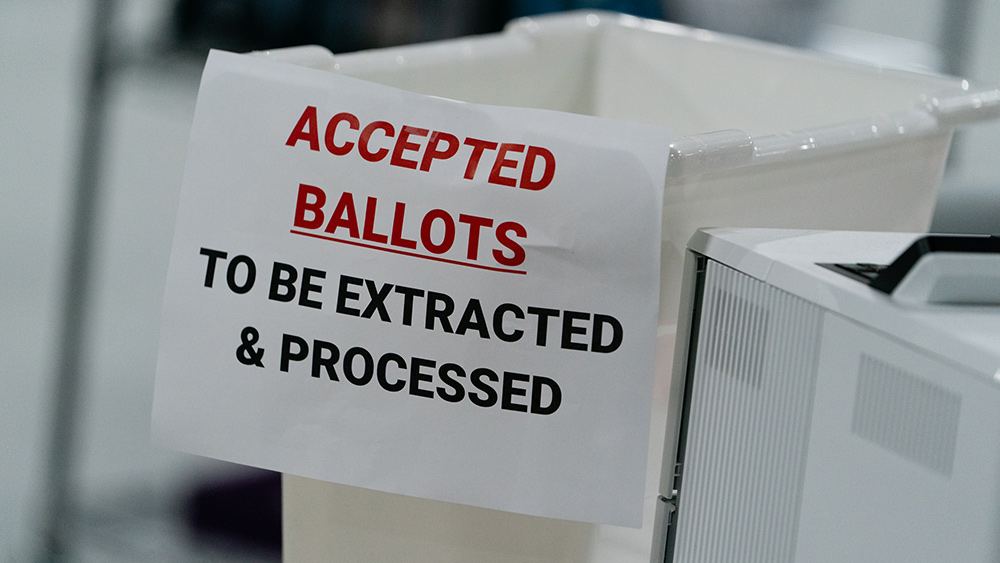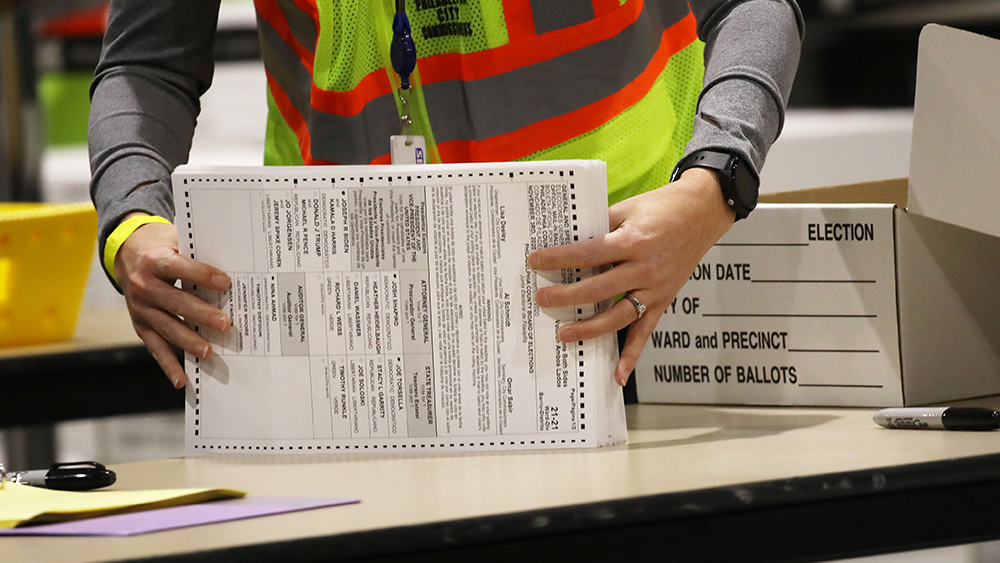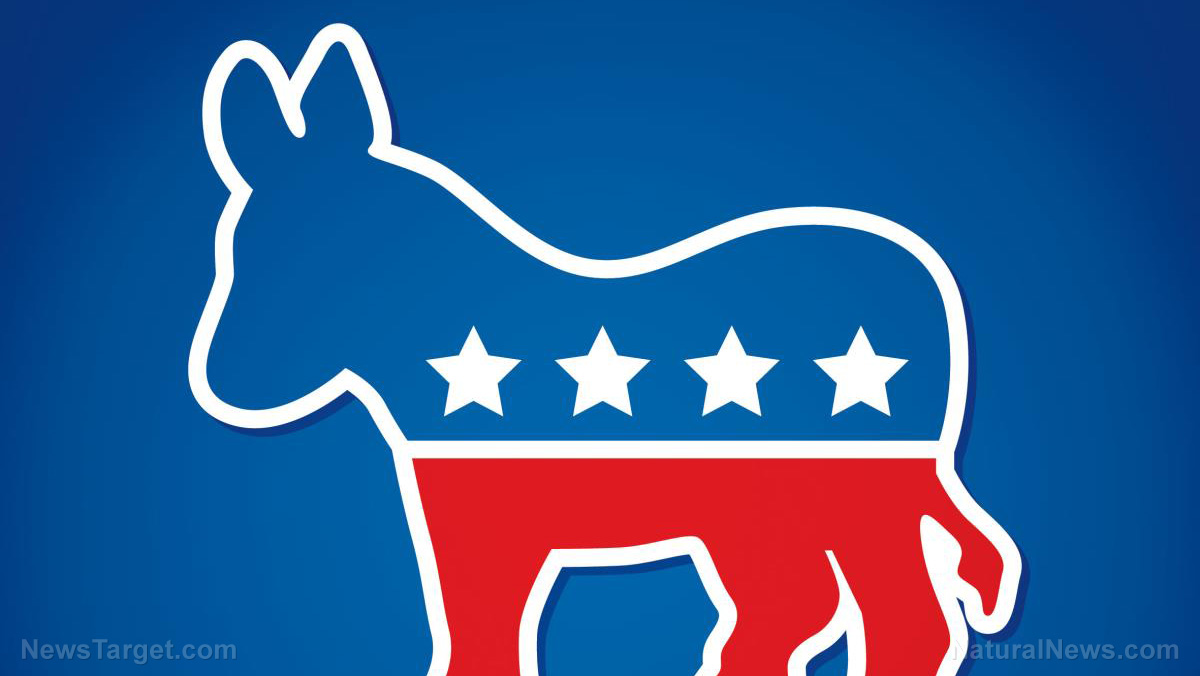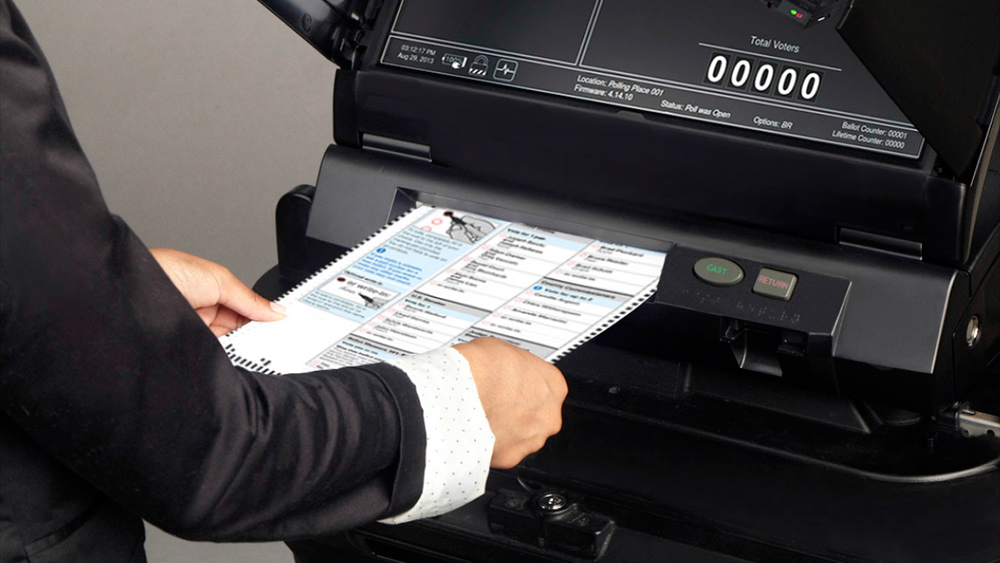US government proposes CUTTING OFF China’s access to chip technology
02/23/2020 / By Arsenio Toledo

The Trump administration is considering implementing new trade restrictions on China, particularly the telecom giant Huawei, to limit their use of American chip-making equipment. This comes as the administration seeks to cut China off from accessing key semiconductor technology. President Trump is yet to review the proposed changes, according to people familiar with the proposal.
The Department of Commerce is leading the drafting of the proposed changes. Their main goal is to implement changes on the “foreign direct product rule,” which can restrict the ownership and access that foreign companies have over American products and technology, particularly if the product or tech must be kept hidden for military or national security purposes. One of the proposed changes would require chip factories all over the world to obtain a license if they intend to use American equipment to produce chips for the Chinese telecom conglomerate Huawei Technologies Co.
The proposed changes to the foreign direct product rule aim to slow down the rapid advancement of China’s technologies. However, according to people invested in United States industries, the Trump administration’s move risks disrupting the global supply chain for semiconductors, which can also affect the growth of many American companies. (Related: 97% of antibiotics are made in China; “supply chain Armageddon” will see U.S. pharmacy supplies wiped out.)
According to the insiders, the rule changes have been under discussion for weeks now. However, they were only recently proposed and are supposed to be bundled together with a different set of rule changes that would limit the ability of American companies to use their overseas facilities to supply Huawei. While President Trump still hasn’t weighed in on the proposals, some people within his administration are already skeptical of the changes. Previously, President Trump has stated that he wants to allow American companies to supply Huawei with equipment as long as the products they’re providing aren’t deemed sensitive from a national security perspective.
The Department of Commerce is also expected to push for even more rule changes, such as a limit on the export of chips with sensitive American technology and rules that target chip-production equipment.
Proposed changes seen as another way to cut China off from semiconductor trade
Semiconductors are among China’s largest imports from the United States. China has also struggled despite years of effort to cut itself off from its reliance on foreign suppliers. “They don’t want any fab in the world to produce anything for Huawei – that’s the goal,” said one person, speaking of the chip factories that will likely be affected by the proposed rule changes.
Many officials, both in the United States and in the rest of the Western world, see Huawei as a huge liability. For starters, it’s seen as a serious espionage risk because it’s a Chinese company – meaning it will not be able to resist if the Chinese Communist Party wants access to any of its data and equipment. Officials are still skeptical despite Huawei’s statements that they have never spied on anyone on behalf of the Chinese government.
Trump administration officials are set to meet on February 28 to discuss these proposed rule changes, as well as another proposal that would limit the ability of companies to make license-free sales to Huawei if their products are at least 10 percent American-made. The previous threshold allowed license-free sales for anything that was less than 25 percent American-made. They are also expected to discuss wider restrictions on the manufacturing of chips for Chinese consumers, as well as potentially banning even more Chinese companies from accessing American tech.
Sources include:
Submit a correction >>
Tagged Under:
Big Tech, China, chip technology, economics, Huawei, international trade, microchips, products, risk, semiconductors, tech giants, Tech Industry, trade war, Trump, Trump administration
This article may contain statements that reflect the opinion of the author
RECENT NEWS & ARTICLES
Trump.News is a fact-based public education website published by Trump News Features, LLC.
All content copyright © 2018 by Trump News Features, LLC.
Contact Us with Tips or Corrections
All trademarks, registered trademarks and servicemarks mentioned on this site are the property of their respective owners.

